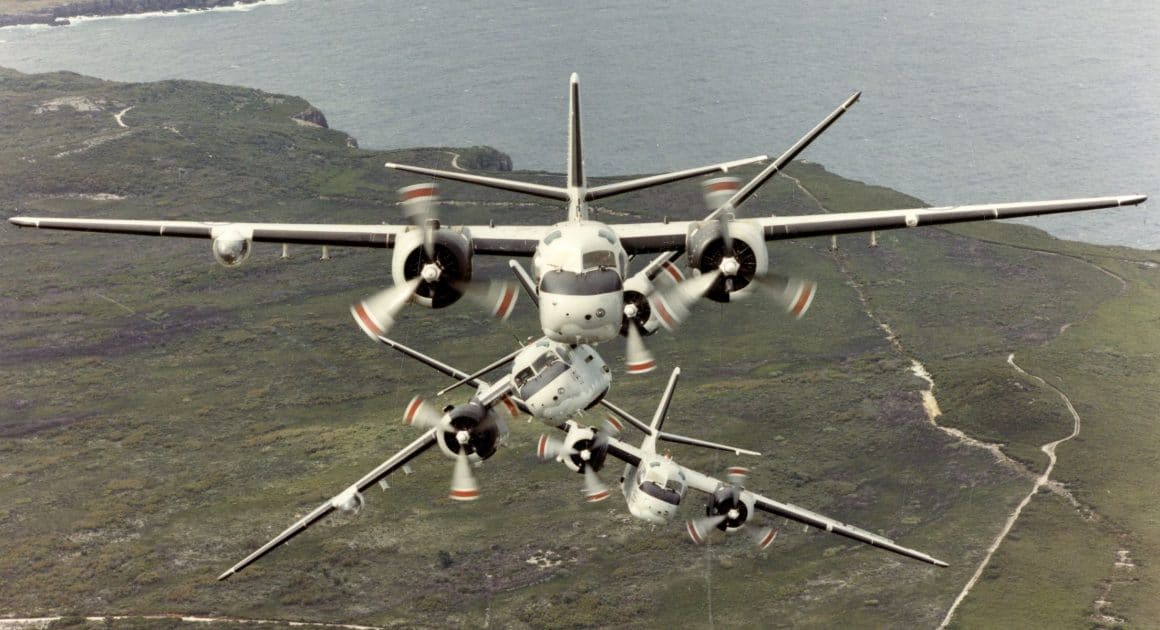Feast Your Eyes on TWO Awesome Australian Navy Fleet Air Arm In-Action Videos
When the Royal Australian Navy (RAN) made the recruiting film “Sea Eagles” in 1980 aboard the Australian Navy’s aircraft carrier HMAS Melbourne (R21), Douglas A-4G Skyhawks, Grumman S-2G Trackers, and Westland Sea King Mark 50 and Wessex HAS31 helicopters were operating from the ship. They were able to do so because the carrier went through several lengthy and extensive refits during the late 1960s and 1970s that added or improved her flight deck, catapults, and arresting gear. Even so the Melbourne was one of the smallest carrier ever to operate jet aircraft from her deck. Thanks to the YouTube channel of the Royal Australian Navy for uploading this look at carrier aviation Royal Australian Navy-style.
Sea Eagles
[youtube id=”94ki39pQZIM” width=”800″ height=”454″ position=”left”]

Aussie Skyhawks
The Douglas A-4G Skyhawk was modification of the A-4F variant without the avionics hump but with the ability to employ AIM-9B Sidewinder missiles. A total of 16 A-4Gs (including a pair of TA-4G trainers) were configured by Douglas for the RAN, entering service in 1968. They were later modified more extensively and sold to the Royal New Zealand Air Force (RNZAF) as A-4Ks.

Trackers Down Under
The Grumman S-2E Tracker entered service with the RAN in 1968. During nearly 17 years of Tracker operations at sea the RAN lost only a single S-2E Tracker. But a December 1976 hangar fire at Naval Air Station Albatross near Nowra in New South Wales destroyed nine of the 12 S-2E Trackers in RAN service. They were replaced in 1977 by US Navy S-2G variants.

Slow-Motion Action Aboard the Melbourne
Watch catapult take offs and arrested landings by RAN Fleet Air Arm McDonnell Douglas A-4G Skyhawk and Grumman S-2E Tracker aircraft operating from the aircraft carrier HMAS Melbourne. Skyhawks shown are Nos 884, 886 and 889. Trackers shown are Nos 842, 844, 845 and 847. Uploaded to YouTube by AWM Collection.
[youtube id=”OLYJj4zOPCI” width=”800″ height=”454″ position=”left”]
Editors note: The primary image of this story was originally attributed to the Royal Australian Navy. It was in fact taken by Nick Thorne, used with permission under CC BY 3.0 https://creativecommons.org/licenses/by/3.0, via Wikimedia Commons. We regret the error.
